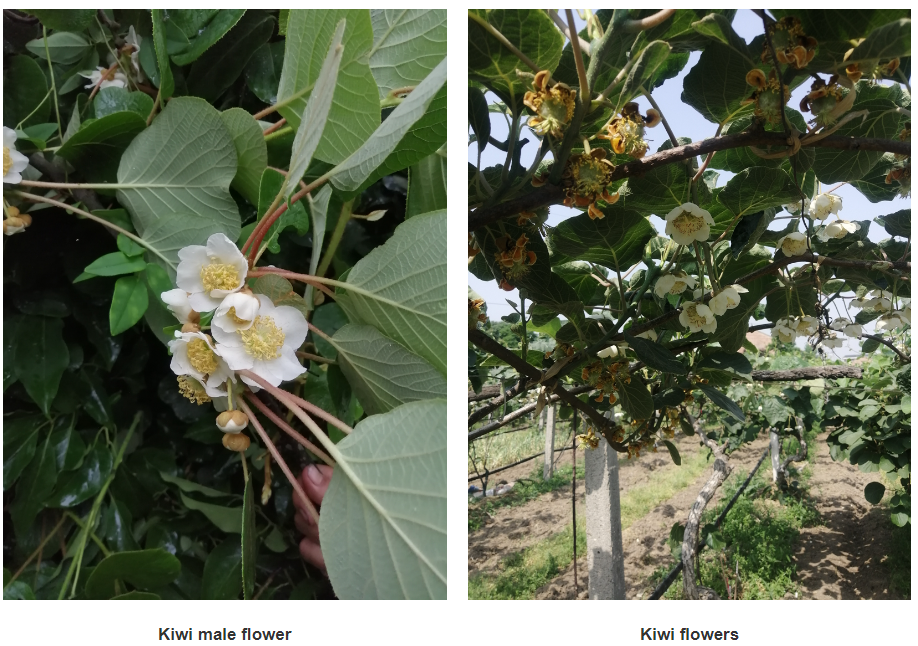Nov . 12, 2024 22:02 Back to list
best apple pollination method
The Best Apple Pollination Method Ensuring a Bountiful Harvest
Apple trees are beloved for their crisp, juicy fruits and beautiful blossoms, but ensuring a good harvest hinges on effective pollination. Pollination is the process where pollen from the male part of the flower fertilizes the female part, leading to fruit development. While apple trees can produce fruit without pollination, their yields are significantly enhanced when pollinated properly. This article explores the best methods for apple pollination, emphasizing their importance to successful apple production.
Understanding Apple Pollination
Apple trees are not self-pollinating, meaning they require pollen from another apple variety to set fruit effectively. This cross-pollination is essential due to the genetic structure of apple trees, which often lead to poor or no fruiting if solely reliant on their own pollen. Therefore, cultivating compatible apple varieties nearby is critical for effective pollination.
Best Pollination Methods
1. Choosing the Right Varieties Selecting apple varieties that flower simultaneously is fundamental. Trees such as Honeycrisp, Fuji, and Gala can complement each other when planted in proximity. It is advisable to have at least two or three different varieties within a 100-foot radius of one another to ensure effective cross-pollination.
best apple pollination method

2. Attracting Pollinators Pollinators, primarily bees, play a crucial role in the apple pollination process. To attract these important insects, apple growers can plant flowering plants around their apple orchards. Flowers like clover, dandelions, and wildflowers not only provide additional nectar sources for bees but also enhance the biodiversity of the area, promoting a healthy ecosystem. Additionally, providing habitats such as nesting sites can help support the local bee population.
3. Hand Pollination For those in areas with insufficient bee populations or during unfavorable weather conditions, hand pollination can be an effective alternative. This method involves using a small brush or cotton swab to transfer pollen from the anthers of one flower to the stigma of another. While it is labor-intensive, hand pollination guarantees that each flower receives the necessary pollen, leading to higher fruit set rates.
4. Time of Day Timing is also a critical factor in apple pollination. The best time for pollination usually falls during the daytime when flowers are fully open and temperatures are optimal, typically between 60°F to 80°F. This is when bees are most active, increasing the likelihood of successful pollen transfer.
5. Pesticide Use The application of pesticides can greatly affect pollinator populations. It is essential to minimize pesticide use during bloom time. If pesticide use is necessary, applying them in the evening when bees are less active can help protect these beneficial insects. Organic gardening practices can also be considered to keep the orchard safe for pollinators.
Conclusion
Effective pollination is vital for a successful apple harvest. By selecting compatible apple varieties, attracting pollinators, considering hand pollination methods, timing activities appropriately, and managing pesticide use wisely, apple growers can significantly enhance their chances of yielding a fruitful crop. As global bee populations decline, understanding and implementing these best practices becomes increasingly important to ensure that apple trees continue to bear delicious fruit for generations to come. Embracing these methods not only supports apple production but also fosters a healthier environment for all pollinators, which in turn benefits the entire ecosystem.
-
Plant Pollen Analysis: Fast & Accurate with GPT-4 Turbo
NewsAug.02,2025
-
KiwiPollen with GPT-4 Turbo: AI Health Supplement Boost
NewsAug.01,2025
-
Pollen Peach Tree AI Management with GPT-4-Turbo
NewsJul.31,2025
-
Eco Fruit Paper Bags for Peak Freshness | Durability Focused
NewsJul.31,2025
-
Pollen Peach Tree for Pure Pollination and High-Quality Peach Pollen
NewsJul.30,2025
-
Premium Cherry Pollen for Pure Pollination & Different Types
NewsJul.30,2025